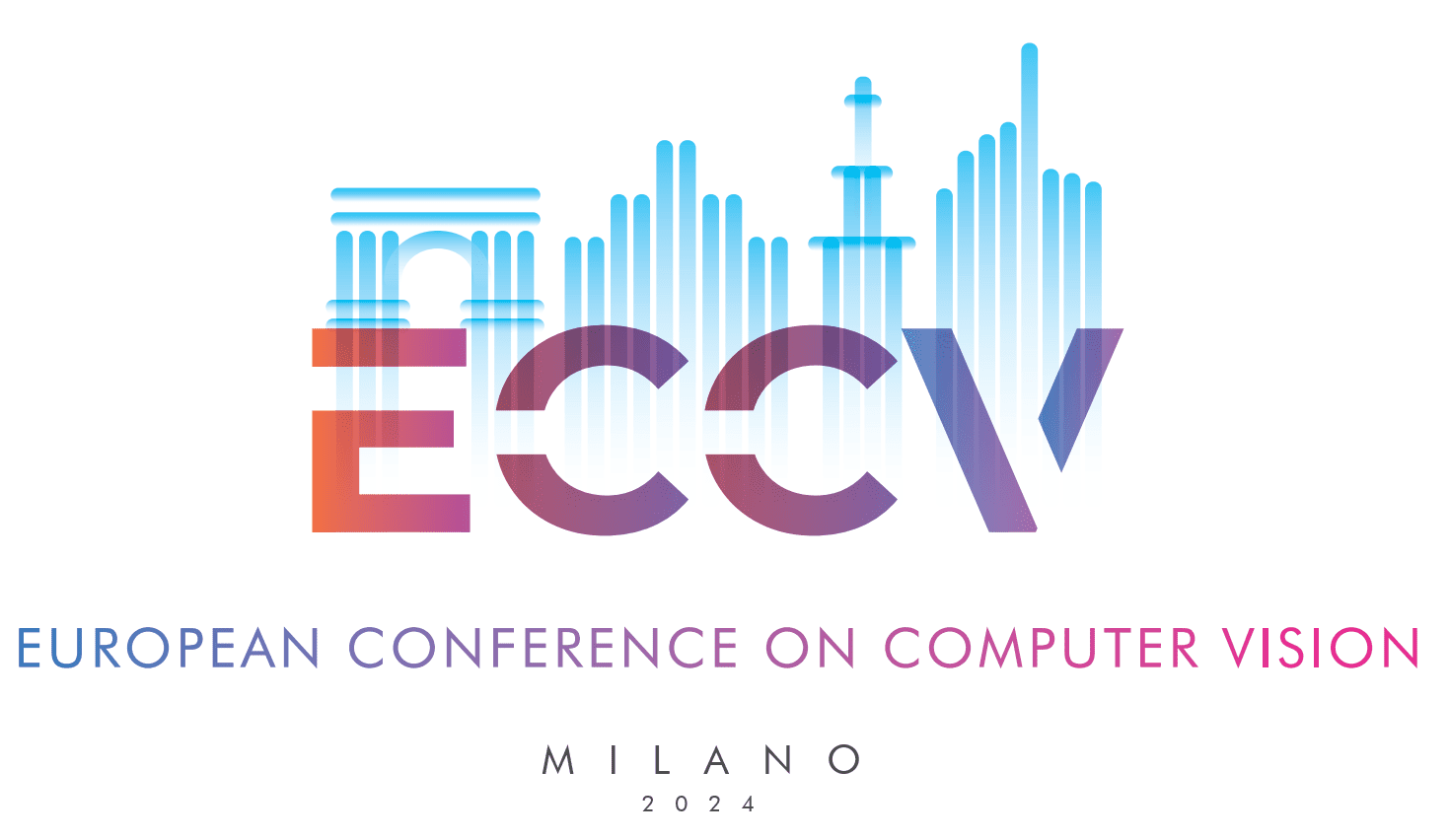Our Research
MP3D represents a breakthrough in environmental monitoring, combining portable microscopy with deep learning to overcome critical limitations in microplastic detection. Our peer-reviewed methodology achieves 96.2% classification accuracy by reconstructing true 3D volume and shape characteristics – a fundamental improvement over traditional particle counting that systematically underestimates environmental impact.
- Volumetric Quantification: First cost-effective system to measure microplastic mass/volume rather than just counts (addressing fragmentation bias)
- Morphology Identification: Machine learning model can be trained to extract material signatures from 3D morphology
- Field Validation: Rigorous testing with River Itchen samples confirms performance in real-world conditions
Below is an updated list of all journal/conference outputs that we have produced. As of February 2025, we have published and presented our work at ECCV and ECAI, two of the most prestigious venues for AI research

ECCV CV 4 Ecology Workshop
MP3D’s was showcased at the European Conference on Computer Vision (ECCV) 2024, a premier venue for AI and vision research. Our work resonated with the conference’s focus on real-world applications, particularly in the CV for Ecology Workshop (CV4E). Organised by Researchers from MIT, we joined researchers from Harvard, Princeton and Caltech to present our methodology to leading researchers in AI-powered Ecology.
Access Paper
ECAI CompAI Workshop
MP3D was honoured to present its methodology at the ECAI Workshop on Composite AI (CompAI), where leading researchers explore how hybrid AI systems can tackle complex real-world challenges. Our work embodied the workshop's mission: we combine computer vision, deep learning, and environmental science to create an affordable 3D microplastic analysis system that outperforms traditional lab methods.
Access Paper